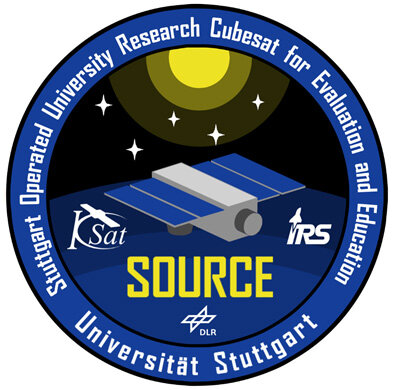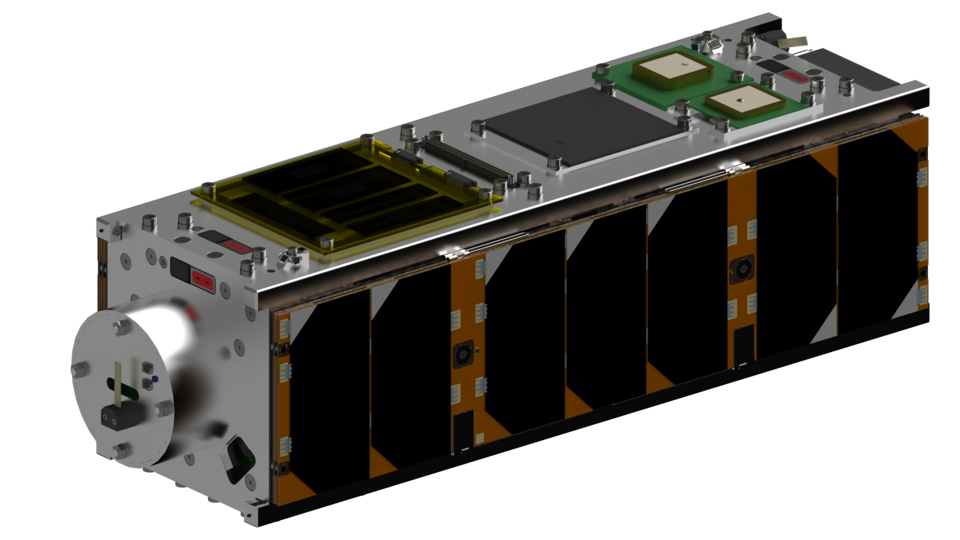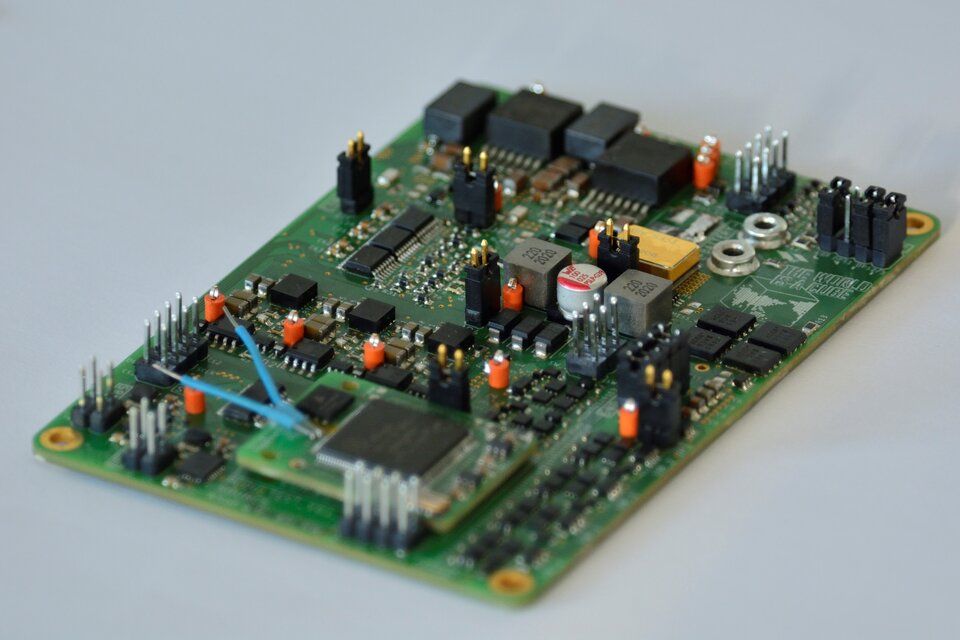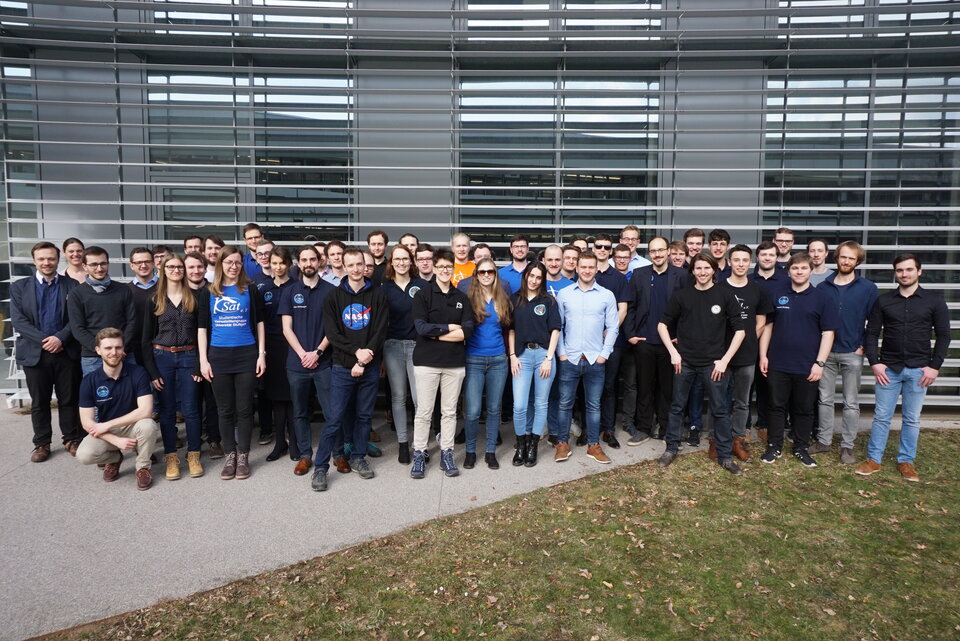Meet the team: SOURCE
Eighty students are the heart of the SOURCE satellite project backed up by the PhD candidates of the Institute of Space Systems and the Small Satellite Student Society KSat Stuttgart e.V..
Primarily an educational satellite mission to be deployed in an orbit at a height of or around 500 km the SOURCE satellite will test several technologies under space conditions and conduct atmospheric measurements during the re-entry.

SOURCE (Stuttgart Operated University Research CubeSat for Evaluation and Education) is a nanosatellite matching the 3U+ CubeSat Standard. The satellite is developed in a corporation between the small satellite student society (KSat e.V.), the Institute for Space System (IRS) at the University of Stuttgart and the IRAS Project. The design and development work is conducted by KSat members and students of the University of Stuttgart. The students are supported and mentored by the IRS which has gained valuable knowledge through building and operating the ‘Flying Laptop’ small satellite.

There are two distinct goals: Allow students to learn how to build a satellite while doing so and carrying out scientific payload and technology demonstrations of the IRS and external partners. There are thin-film solar cells that shall be characterized in orbit, a camera system to proof star-based navigation and the demise investigation sensory to investigate the interaction between entry objects and the atmosphere.
CubeSat quick facts
| Payload |
Meteor Observation: The MeSHCam is designed for autonomous meteor detection to observe meteor showers. Star Tracker: MeSHCam is further used for satellite attitude determination using images of stars and the Astrometry.net software. PRIma: The PRIma is a small camera for earth observation. Technology Demonstration 1: IRAS Multifunctional Sandwich Structure (DLR Stuttgart, Fraunhofer): 3D printed structure with integrated health monitoring and dosimeter and gyroscope. Technology Demonstration 2: Characterization of photovoltaic and electrical bonding technique degradation behaviour of thin film solar cells in space. Technology Demonstration 3: Self-regulated smart heater based on electrical resistance. Re-Entry-Science: At the end of the mission the satellite measures the influence of the atmosphere and sends the data via inter satellite network. |
| Ground Station(s) |
Primary: Institute of Space Systems, Stuttgart, Germany LEOP (Launch and Early OPerations): Weilheim, Madrid, Inuvik, O’Higgins, Kuala Lumpur |
| Dimensions |
Stowed: 112.0 mm x 113.0 mm x 375.5 mm Deployed: 141.1 mm x 434.4 mm x 375.5 mm Fully deployed including camera stray light baffle 191.6 mm x 434.4, mm x 375.5 mm |
| Mass | 5.03 kg |
| Power consumption | up to 30 W |
| Solar panels | 4 panels with 7 cells each, triple junction GaInP/GaAs/Ge on Ge substrate |
| Mission lifetime | 2 years |
| Website link | https://www.ksat-stuttgart.de/en/our-missions/source |

The monochromatic camera mounted on SOURCE ("MeSHCam") will be flight tested, functioning as meteor observation camera as well as a star tracker for attitude control. Two FIPEX Sensors will measure the level of atomic oxygen in altitudes below 200km as well as Heat flux sensors combined with pressure sensors will study the environment of the CubeSat just before re-entry.


